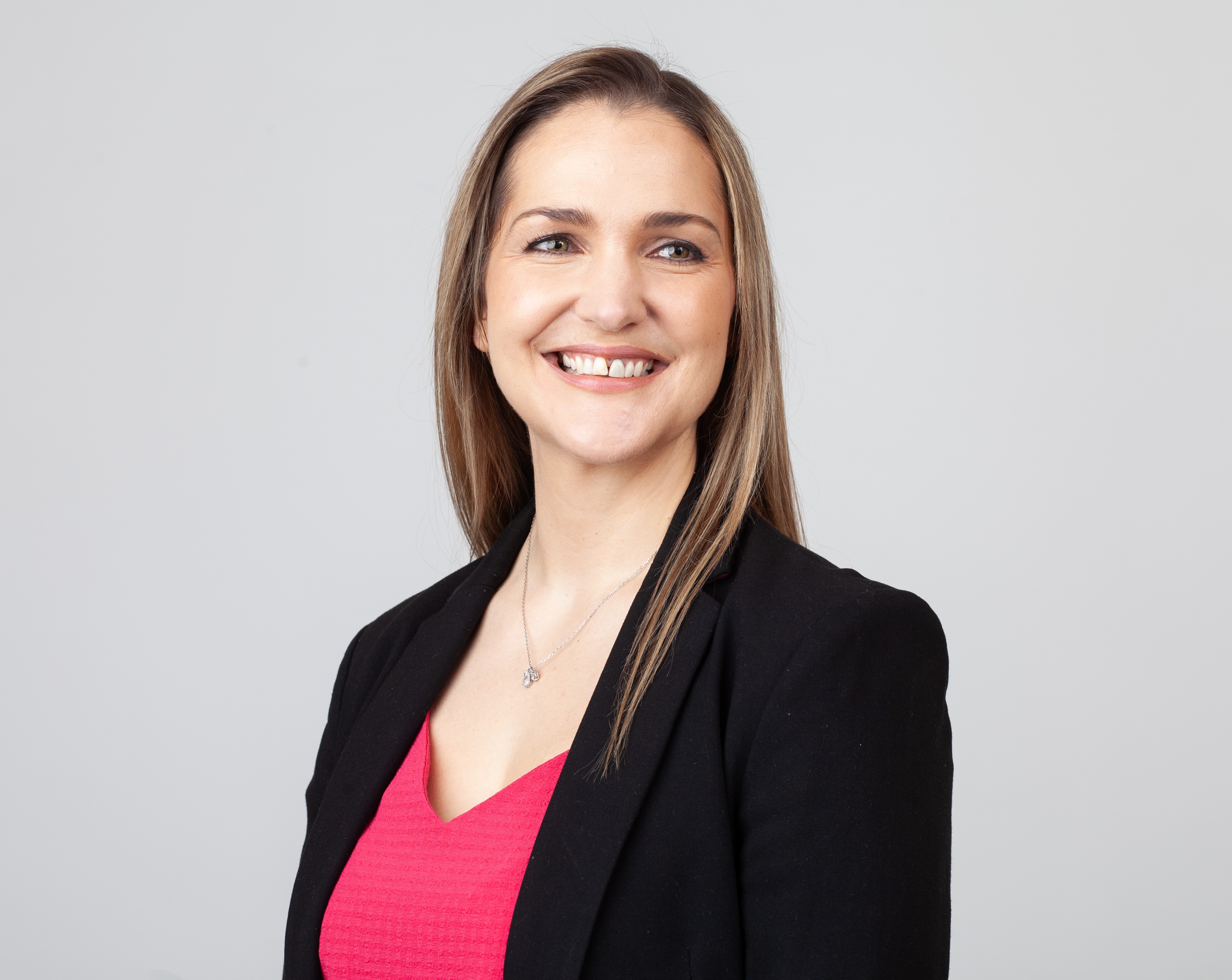As Director of Underwriting Services and Fraud, Katie Davies leads Ageas UK’s Fraud Centre of Excellence.
In a recent YouGov survey commissioned by Ageas UK, one in ten people said that they had no awareness of insurance scams. Katie explores the results of this survey and highlights the hallmarks of the latest insurance fraud scams.
 We hear every day from victims of insurance scams and from financial losses to emotional distress, we know the impact of insurance fraud can be severe.
We hear every day from victims of insurance scams and from financial losses to emotional distress, we know the impact of insurance fraud can be severe.
This one in ten figure increases to 18% for one of the most common insurance scams - Ghost Broking - giving life to the old adage that if it looks too good to be true it probably is.
Ghost Broking
Genuine insurance brokers can offer great service and support to customers; however, Ghost Brokers are far from genuine.
Simply put, the term Ghost Broking refers to fraudsters selling fake insurance policies online. Posing as a broker, an intermediary between the victim and an ‘insurer’, victims are targeted with heavily discounted prices.
Using stolen identities to ensure the policy purchased looks like the real thing, the fraudsters typically doctor documents to falsify details and lower prices, or in some cases take out a genuine policy before cancelling it soon after.
The scam can come in many guises, and we hear a lot about people being targeted off the back of searching for insurance on social media.
So, be wary if the price is much better than anywhere else and if the seller is insistent on communicating only via social media or a messaging app like Snapchat or Whatsapp.
Crash for Cash
Typically involving a vehicle collision with a moped driver, the Crash for Cash scam is when this collision is intentional and deliberately set up to appear like it was an accident. Staging this incident allows the moped rider to claim for damage and injuries.
This type of scam was initially reported exclusively within London in 2023, but it has since spread to other urban areas across the UK.
It will often appear as if the moped driver was never planning to stop, and after the collision takes place, they are quick to take photos and present their insurance information to the victim.
At this point it may not be clear fraud has taken place. As in any collision, the victim’s call to their insurer will help draw out the details and subsequently help the insurer identify the hallmarks of the Crash for Cash scam.
At Ageas we have heard from customers who’ve been caught up in Crash for cash scams. In our research, Crash for Cash is the most widely recognised insurance scam (81% of respondents had heard of this con), and stories like the one Judi publicly shared with us last year help other innocent road users identify when scammers are at work.
Unfortunately, it’s all too common for scammers to realise that their rouse has been discovered and for them to change their approach. Our Fraud Centre of Excellence is constantly working to spot these evolutions, with one of the most significant being scammers using Crash for Cash to steal genuine identities to enable their illegal activities.
Identity theft
It’s normal after a car accident to exchange details, but scammers are using this simple act of trust to exploit victims further, with driving licences being photographed to capture personal details like name, address and date of birth.
The scam isn’t always instantaneously evident, but it won’t take long for the victim to start receiving calls and letters with far reaching consequences that can be seen in one of our customer’s stories.
Protecting yourself from scammers
In our research 44% of respondents are very or fairly concerned about being the victim of fraud. So, what can you do to help protect yourself from scammers?
If a price seems too good to be true it might well be, so I recommend doing checks. You can find a legitimate regulated broker on British Insurance Brokers’ Association, and insurers will be listed as members of Motor Insurers’ Bureau. Whether broker or insurer, the Financial Conduct Authority lists all regulated firms, if they’re not there avoid using them. Be sure to check the name exactly matches, as quite often scammers will use a similar name to a genuine broker or insurer.
Following a collision with another vehicle, the only information that needs to be shared is a person’s name, number, insurance company, and car registration, so contact your insurance company and let them do the rest.
Technology can also help. In our research, 20% have purchased/used a dashcam for their vehicle giving them unequivocable evidence of exactly what happened to support their claim, and 13% have signed up to fraud protection sites, e.g. Experian/ Equifax, meaning that they can find out if their identity is being used to take out insurance policies, loans etc.
Our commitment continues
As scams develop and become more sophisticated, the potential impact is increasing in severity. Our commitment to tackling insurance fraud continues, and it is a priority for our business as well as our industry and the Insurance Fraud Bureau.
Personal information can be valuable to criminals. Be wary of heavily discounted insurance online and if involved a vehicle collision, only share the necessary details.
If you suspect you have been targeted, please report it to the police, your insurance company, and the Insurance Fraud Bureau chatline as soon as possible.